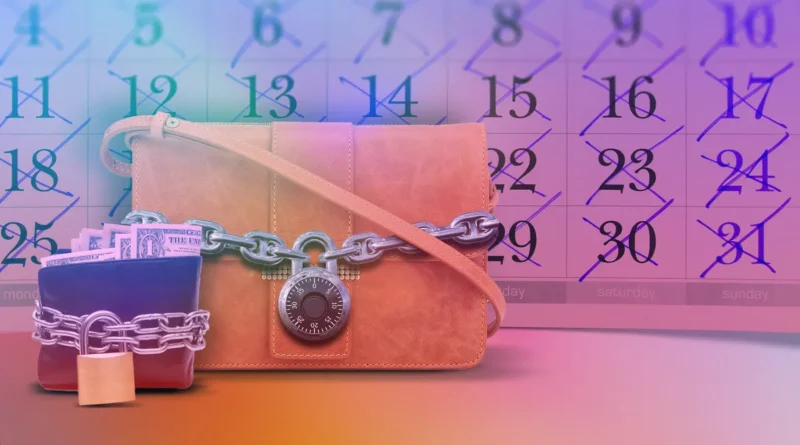“No Buy July” – New Trend to Trim your Spending
July has emerged as the focus of the “no spend” trend, where people temporarily cut discretionary spending to save money, pay off debt, or gain control over their finances. Popular on social media, this budgeting challenge has gained traction amid rising credit card delinquencies, resumed student loan payments, and persistent inflation concerns.
“People are asking, ‘How do I save?’” said financial planner Jasmine Renae Ray. Others, like podcast host Gretchen Rubin, say no-spend months can feel more like a fun game than a sacrifice. The growing openness around money struggles has also made frugality seem smarter than stingy.
But why July? February used to be the go-to for post-holiday budgeting resets. Some say July sticks simply because “No Buy July” is catchy. Others argue it’s a useful mid-year financial check-in. Still, some experts say it’s poorly timed—summer vacations and back-to-school prep often boost spending.
For those trying it, the rules are flexible: skip nonessentials like clothes or takeout, but define what counts for yourself. Rubin says cutting extras also reduces decision fatigue. Influencer Paula Holloway found it made her more intentional about purchases and helped prep for retirement.
Experts caution, though, that short-term “spending fasts” won’t fix long-term habits. Budgeting consistently is more effective. For those on tighter budgets, a “low spend” or shorter break might be more realistic.
One tip: make a wishlist instead of buying immediately, then reassess it later. Rubin, for example, is using her break to read books she already owns instead of buying more—a concept she calls her “summer of tsundoku.”
If you are looking to take a break from online shopping or wondering how the hell did you end up spending so much on clothes online when you didn’t even need them, give a try to “no buy July” and don’t spend on any indulgences except basic necessities of course!

